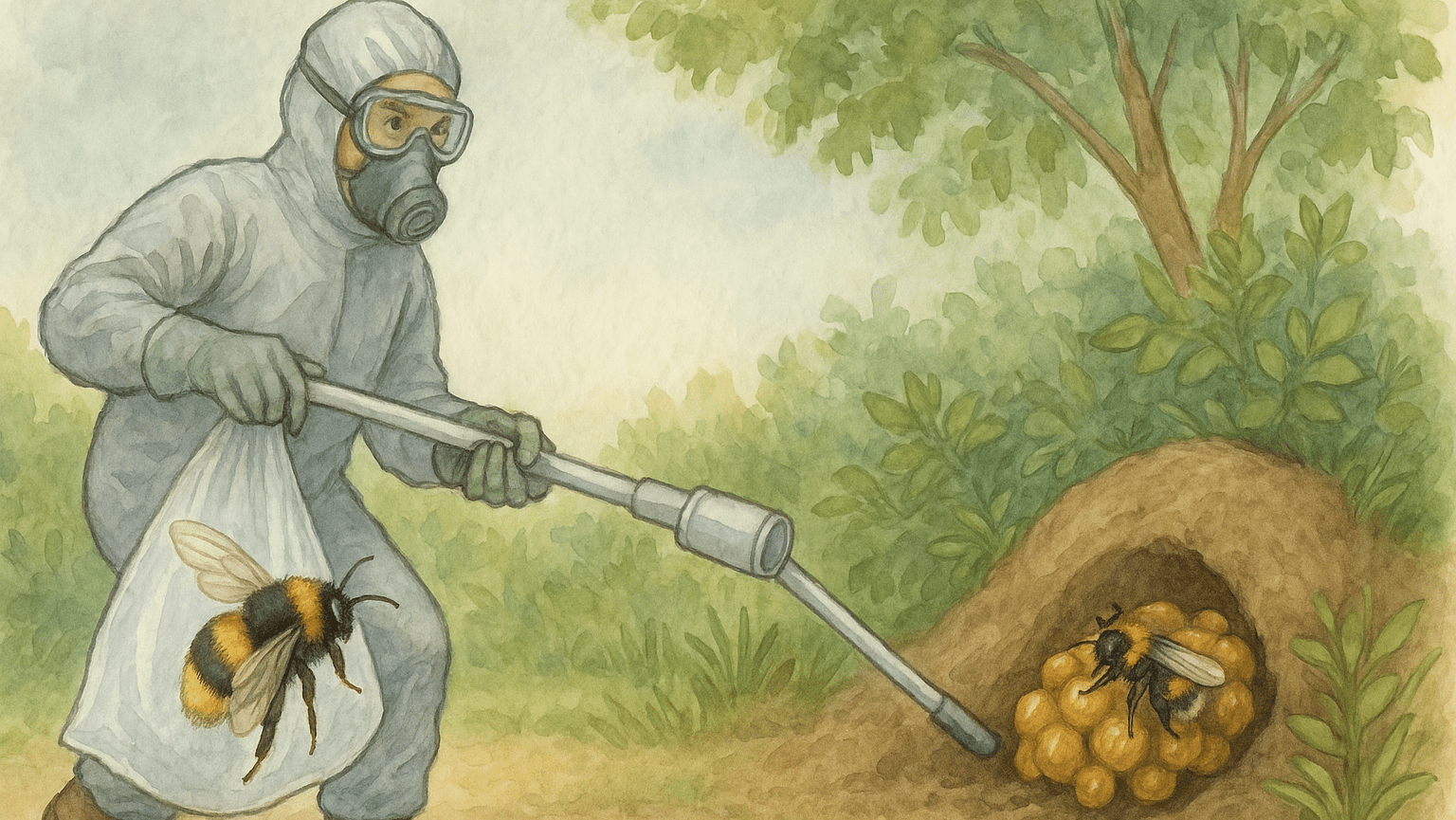Key Takeaways
- Bumblebees are non-aggressive and sting only when threatened.
- Most bumblebee nests are temporary and disappear by autumn.
- Observe nests from a safe distance to prevent disturbing the bees.
- Contact professionals for safe removal if the nest poses a danger.
- Bumblebees are vital pollinators and support garden health and biodiversity.
- Prevent future nests by sealing entry points and keeping your yard tidy.
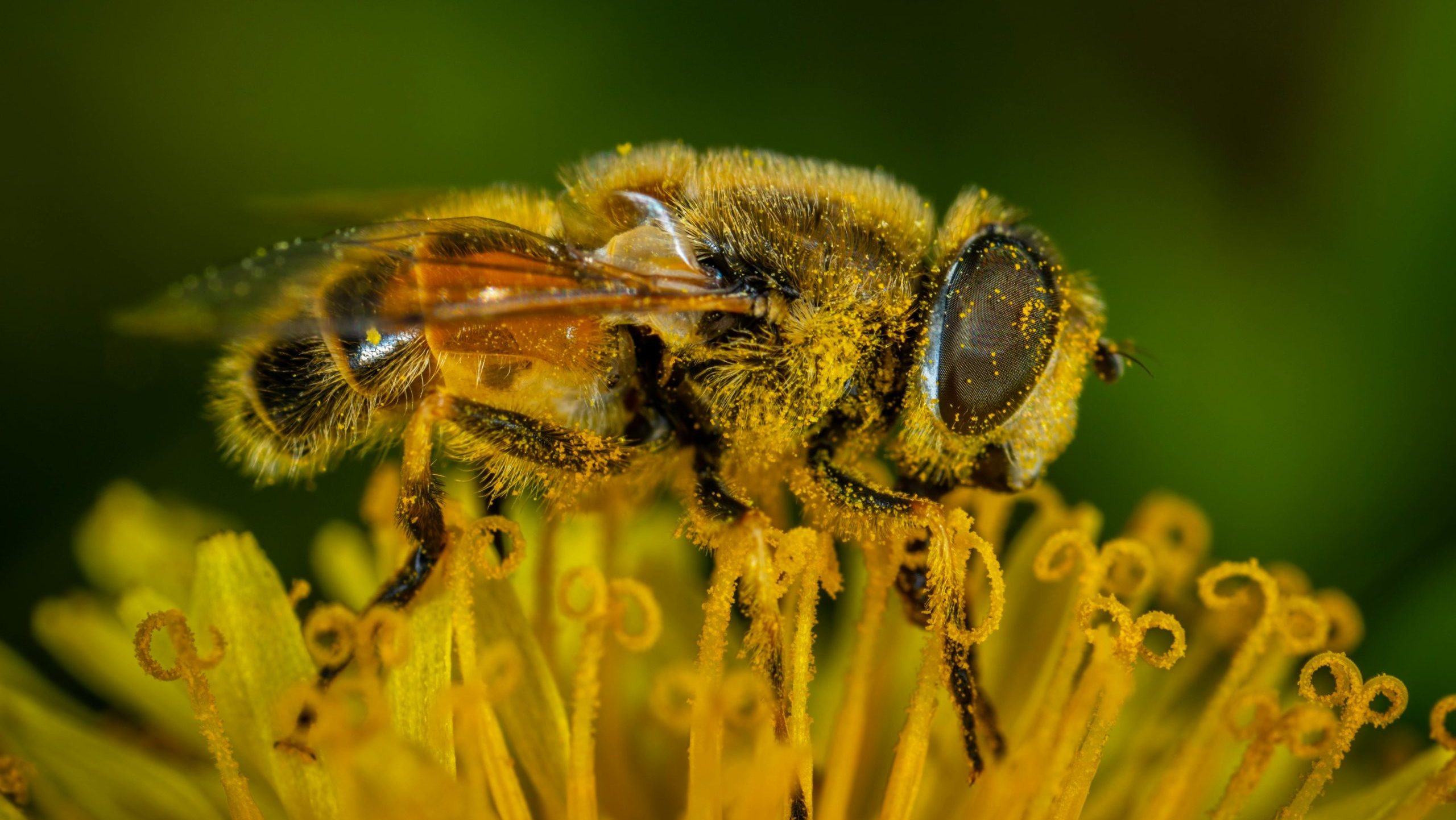 Discovering a bumblebee nest near your home can be a bit concerning, especially if you’re unsure how to handle it. Bumblebees, unlike other stinging insects, are generally non-aggressive and play a important role in pollinating plants. However, understanding how to deal with a nearby nest safely is important for both your peace of mind and the wellbeing of the bees.
This article is a complete guide on safely managing a bumblebee nest near your home. It explains identification, safety precautions, humane removal options, and the importance of protecting these valuable pollinators.
Think you’ve spotted a bumblebee nest too close for comfort? Schedule your Free Pest Inspection today. Our experts can assess the situation and ensure a safe, bee-friendly solution for your home.
Discovering a bumblebee nest near your home can be a bit concerning, especially if you’re unsure how to handle it. Bumblebees, unlike other stinging insects, are generally non-aggressive and play a important role in pollinating plants. However, understanding how to deal with a nearby nest safely is important for both your peace of mind and the wellbeing of the bees.
This article is a complete guide on safely managing a bumblebee nest near your home. It explains identification, safety precautions, humane removal options, and the importance of protecting these valuable pollinators.
Think you’ve spotted a bumblebee nest too close for comfort? Schedule your Free Pest Inspection today. Our experts can assess the situation and ensure a safe, bee-friendly solution for your home.
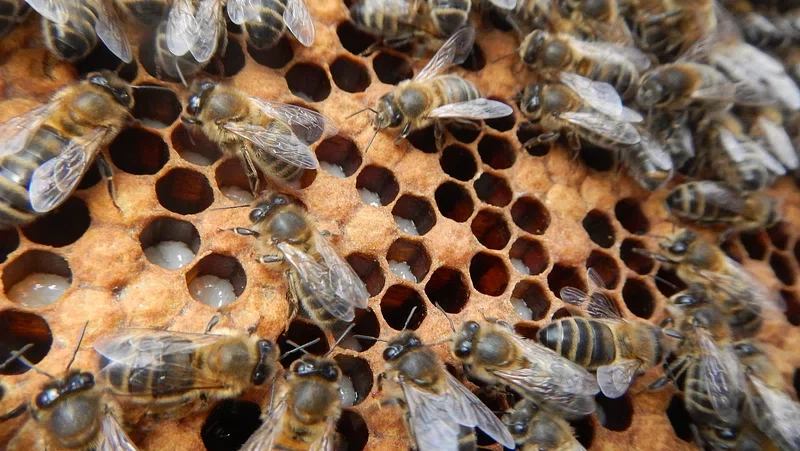
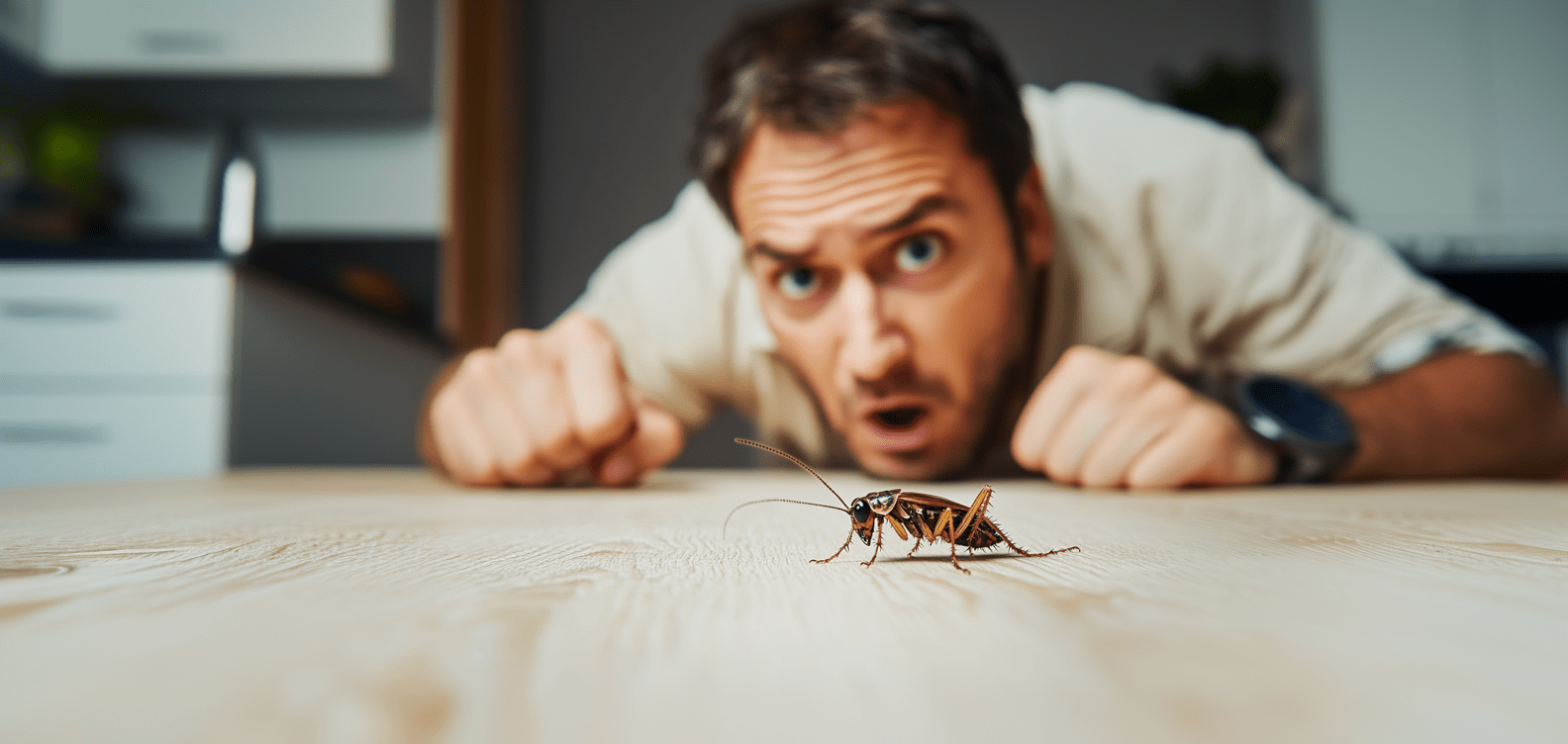
Not getting a solution?
Get your free pest control estimate today!What to Do If You Find a Bumblebee Nest?
If you’ve found a bumblebee nest near your home, the first thing to do is remain calm. These bees are crucial pollinators and contribute to a healthy ecosystem. Instead of panicking, consider the following steps:Assess the Nest’s Location
-
High-Traffic Areas: Is it in a high-traffic area like near a door or children’s play area? If not, consider leaving it undisturbed.
-
Non-Aggressive Behavior: Bumblebees are generally non-aggressive and will only sting when threatened.
Observe from a Distance
-
Avoid Disturbance: Avoid disturbing the nest or blocking the bees’ flight path.
-
Identify the Species: Watch their activity to confirm they are bumblebees and not more aggressive species like wasps.
Consider Relocation
-
Contact Professionals: If the nest poses a threat or inconvenience, contact a professional pest control service for safe removal or relocation. Avoid handling the nest yourself, as disturbing it can lead to defensive stinging.
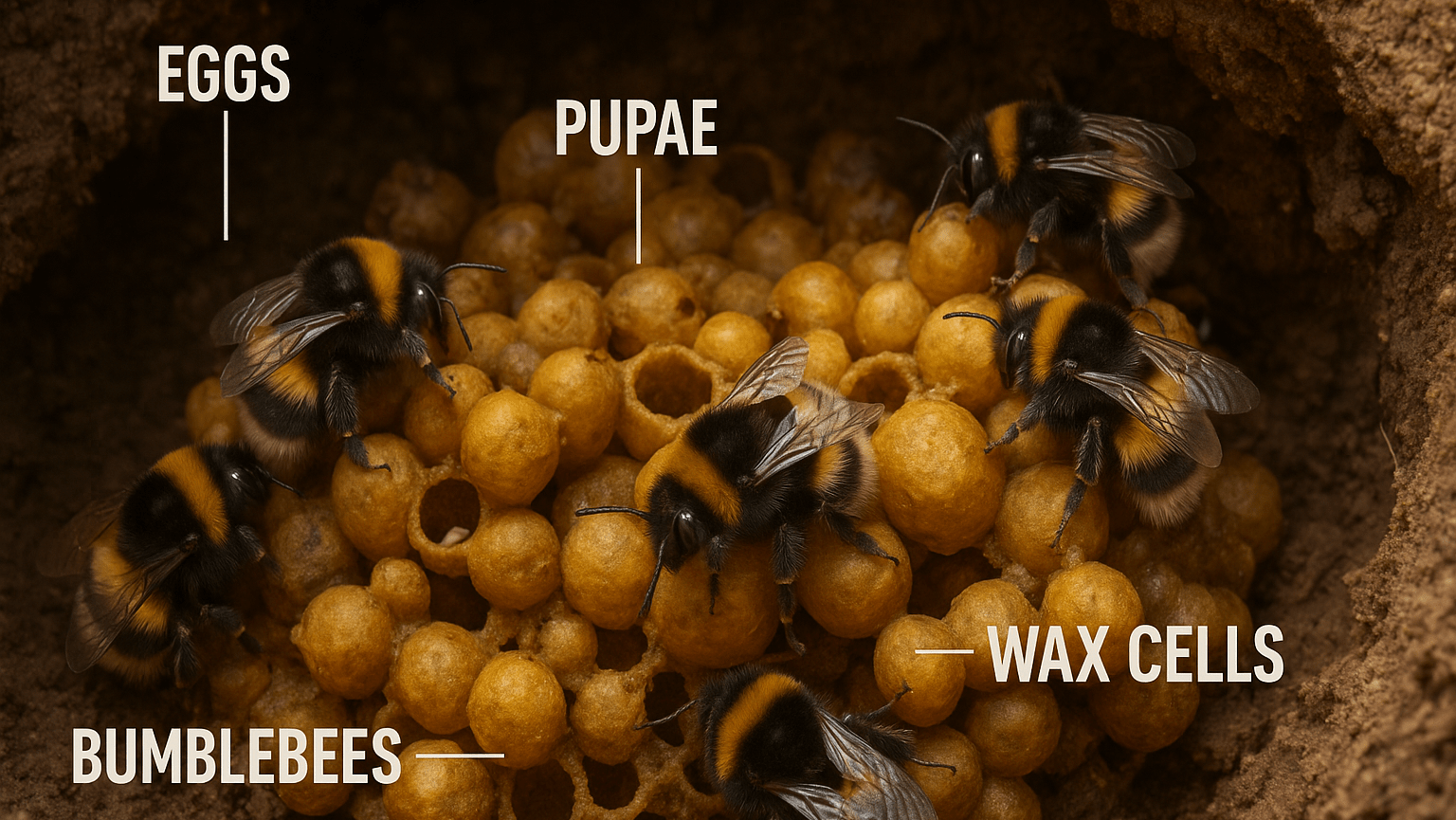
What Do Bumblebee Nests Look Like?
Bumblebee nests are small, inconspicuous, and often well-hidden. Recognizing them is the first step in determining how to handle the situation.Characteristics of Bumblebee Nests
-
Appearance: Bumblebee nests are typically round or oval and made from soft materials like moss, grass, or insulating materials such as animal fur. Unlike honeybee hives, they don’t have the classic honeycomb structure.
-
Size: A bumblebee nest is relatively small, housing between 50 and 400 bees depending on the species and time of year.
-
Location: Common nesting sites include abandoned rodent burrows, compost heaps, under sheds, and cavities in walls.
Are Bumblebees Dangerous?
Let’s clarify something right away: Bumblebees are generally not looking for trouble. They’re peaceful creatures more interested in flowers than fighting. They’ll usually only sting if directly threatened, like if their nest is disturbed (imagine mowing too close—ouch!). Did you know male bumblebees can’t sting at all? It’s true—they’re harmless. Only female bees can sting, and even then, it rarely happens. A sting might cause mild discomfort and swelling, but nothing severe. However, if someone at home has a bee allergy, it makes sense to be extra careful and seek professional help.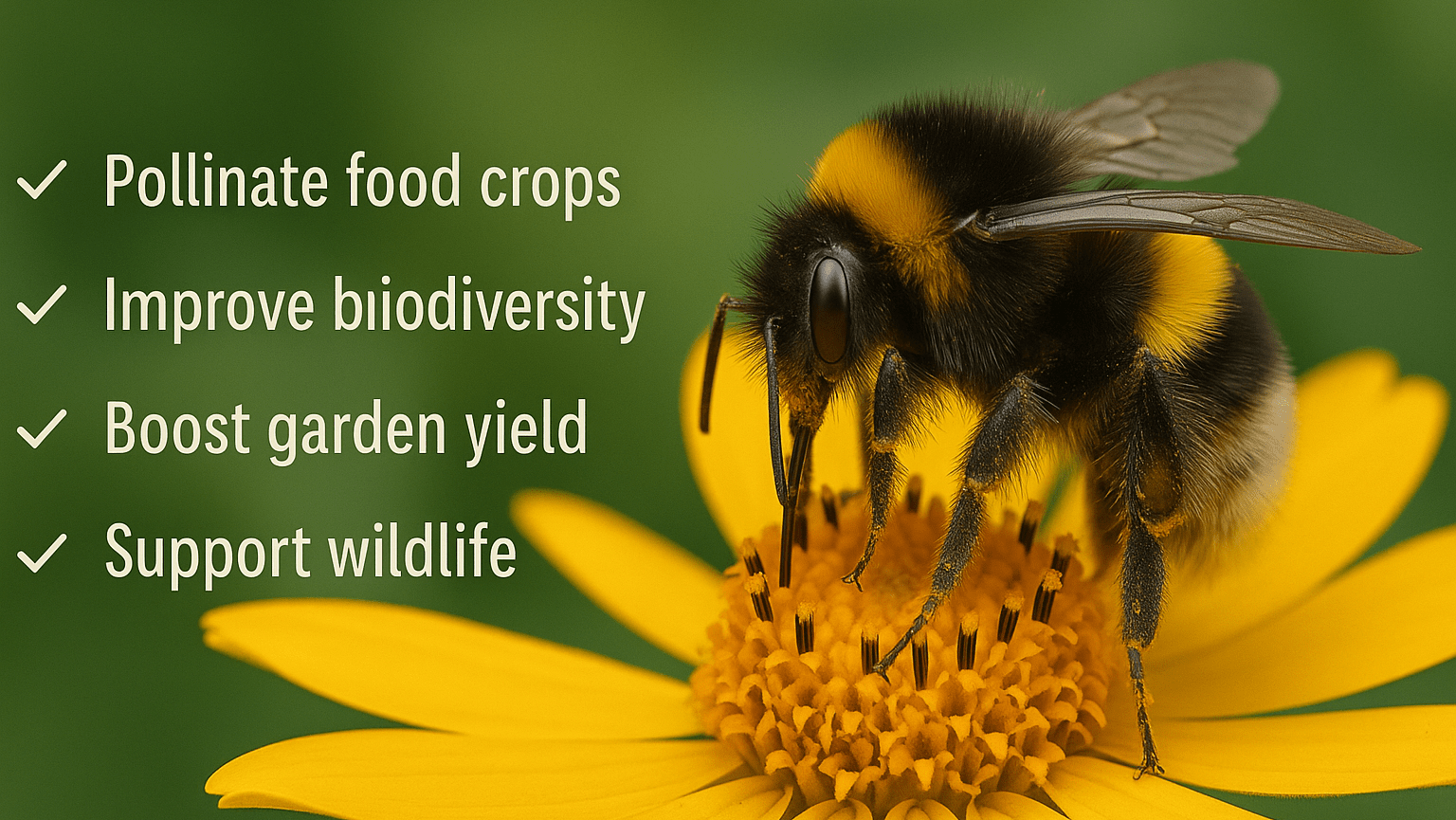
Bumblebees: Your Garden’s Best Friend
At first glance, having bees nearby might not seem ideal. But they’re fantastic gardeners. Bumblebees pollinate tomatoes, berries, peppers, and flowers, helping your garden thrive. Watching these busy bees can also be enjoyable, especially for kids. Think of it as a tiny nature documentary playing outside your window. From observing bees, children can learn a lot about how nature works and why pollinators matter.How to Get Rid of Bumblebees Safely
Option 1: Just Let Them Bee (Yes, pun intended!) Often, the best thing to do is simply leave the bees alone. Bumblebee nests are temporary and disappear naturally by autumn. Here are easy ways to coexist peacefully:- Mark the nest area to remind everyone to keep their distance.
- Use a small barrier to keep pets and kids from getting too close.
- Temporarily move outdoor activities away from the nest.
- Install mesh screens on nearby windows and doors to prevent bees from entering indoors accidentally.
Hire a Professional
-
Expert Relocation: Calling a professional is your safest option. Bee removal experts or Pest control professionals have the expertise to relocate bumblebee nests gently and safely, minimizing harm to the bees and reducing risk to you.
DIY Caution
-
Avoid Insecticides: Never use insecticides on bumblebee nests, as they are protected in some areas and are essential for pollination. Always check local regulations before taking any action. DIY removal attempts could lead to angry bees and unnecessary risks, making professional help a smarter choice.
- Remove the bees at night when they are calm and less active.
- Always wear protective gear (long sleeves, gloves, face coverings).
- If relocating, move nests gently and only short distances.
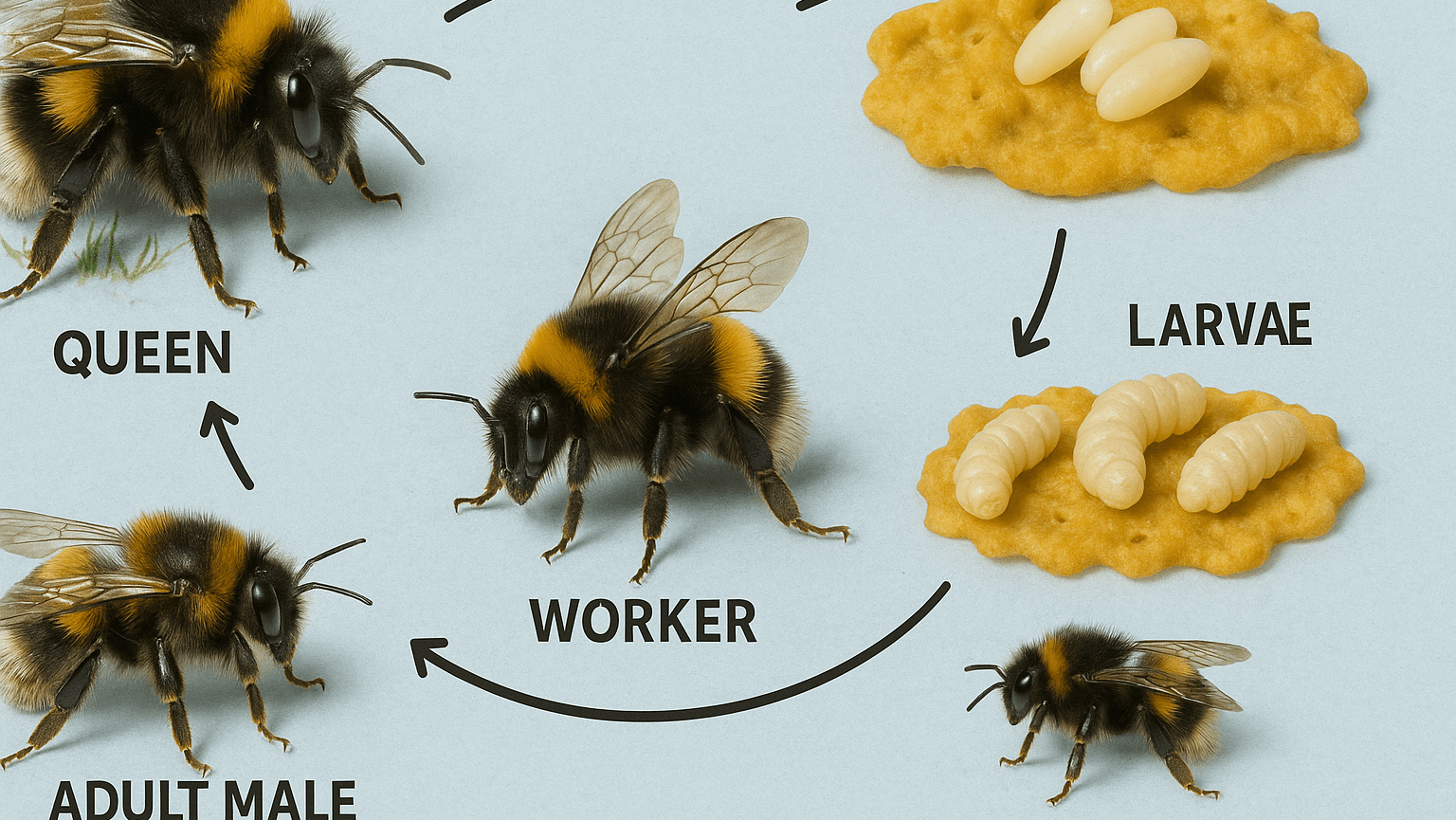
The Amazing Life Cycle of Bumblebees
Bumblebees have a fascinating life cycle that explains why nests are temporary. A queen bee wakes from hibernation each spring and searches for a suitable nesting site. After settling, she lays eggs that hatch into workers who help her care for the colony. Throughout the summer, the colony grows, but by autumn, new queens emerge, leaving to start their colonies the following spring. The rest of the bees naturally die off as temperatures cool. This cycle means you’ll only briefly share your space with the bees, making coexistence easier to manage.Why Protecting Bumblebees Matters
Bees aren’t just good neighbors—they’re critical to our environment. Bumblebees help maintain healthy ecosystems by pollinating plants that many animals and humans rely on for food. Unfortunately, bee populations worldwide are declining due to habitat loss, pesticides, and climate change. Protecting bees in your yard supports local biodiversity and contributes to a healthier environment.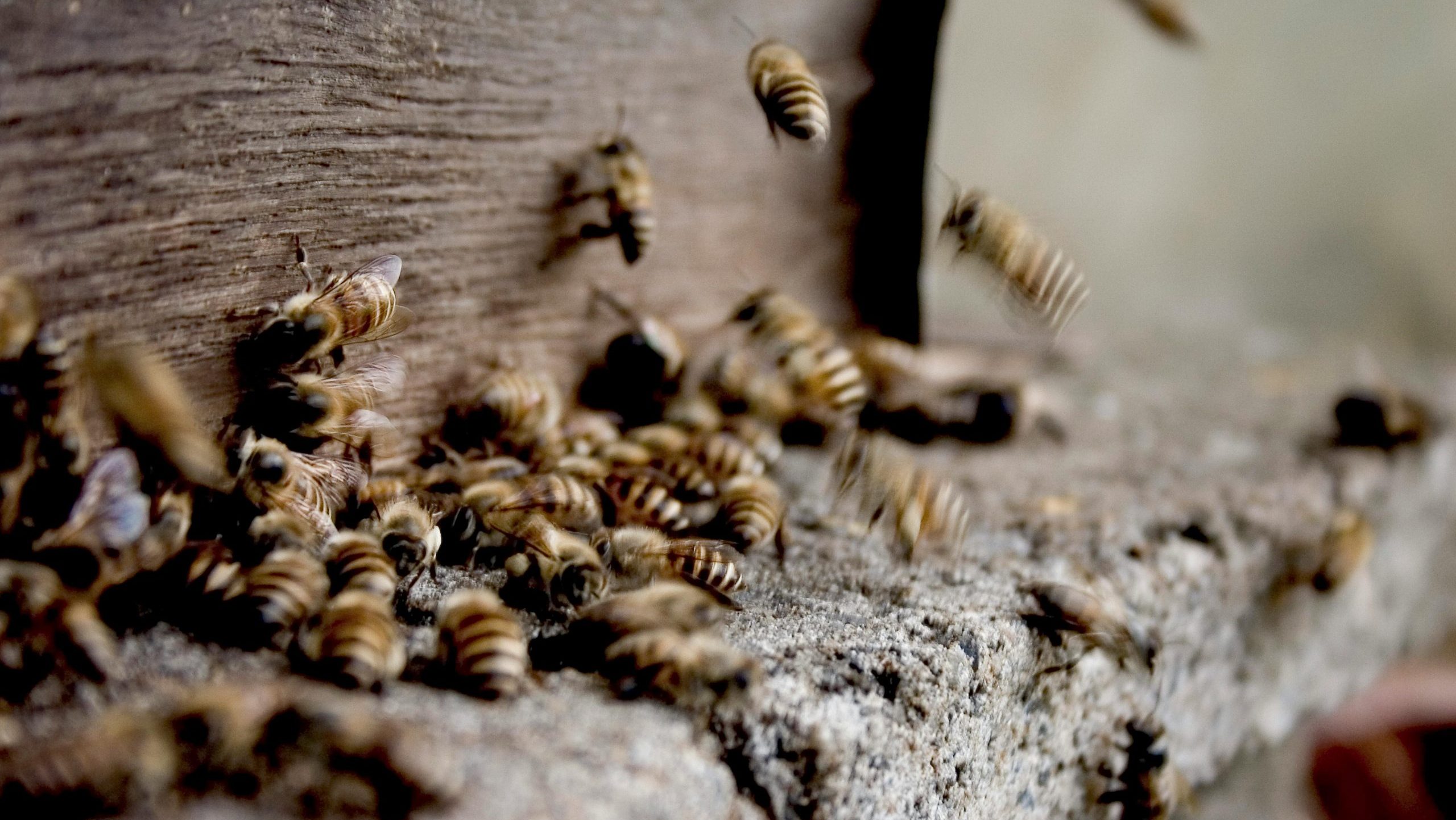
How to Avoid Future Bumblebee Nests
To minimize future nesting issues, try these practical steps:- Fill old rodent holes and inviting cavities around your yard.
- Regularly tidy your garden to eliminate potential nesting spots.
- Seal gaps or holes around your home’s exterior.
- Install mesh screens under decks, porches, and vents.
- Create attractive bee-friendly areas away from high-traffic zones to encourage nesting elsewhere.
